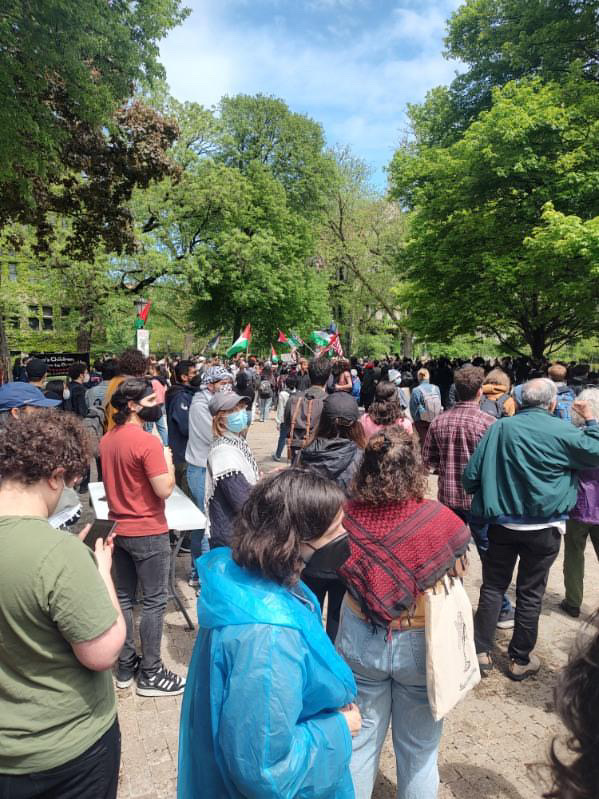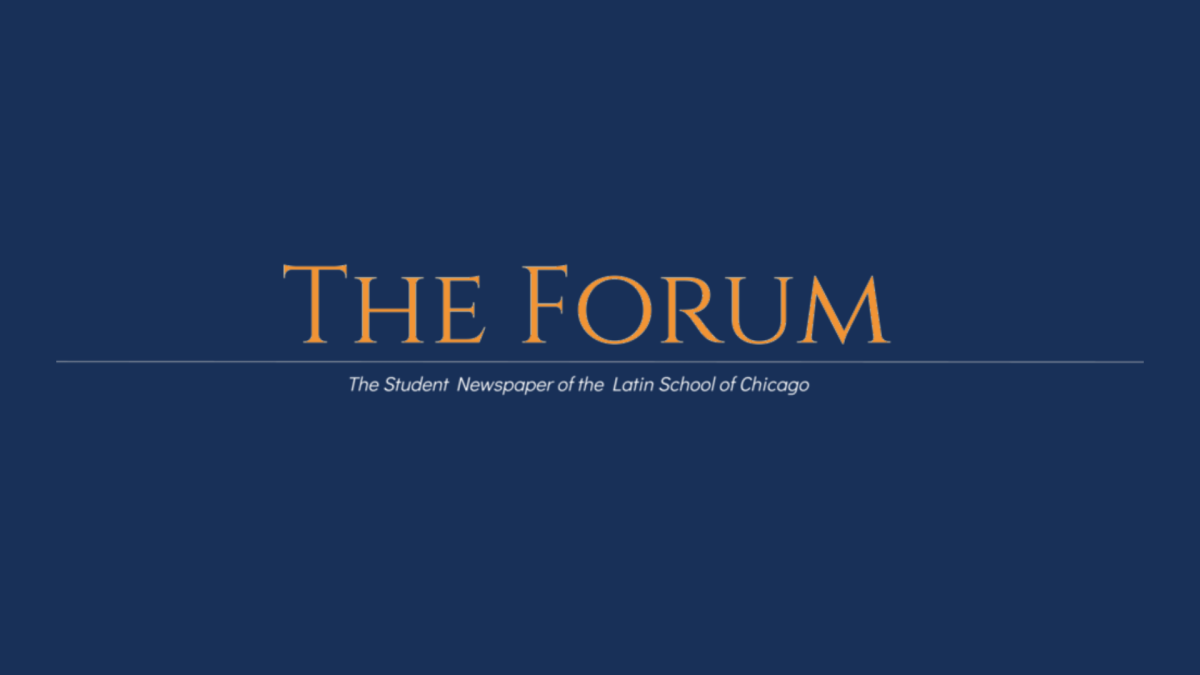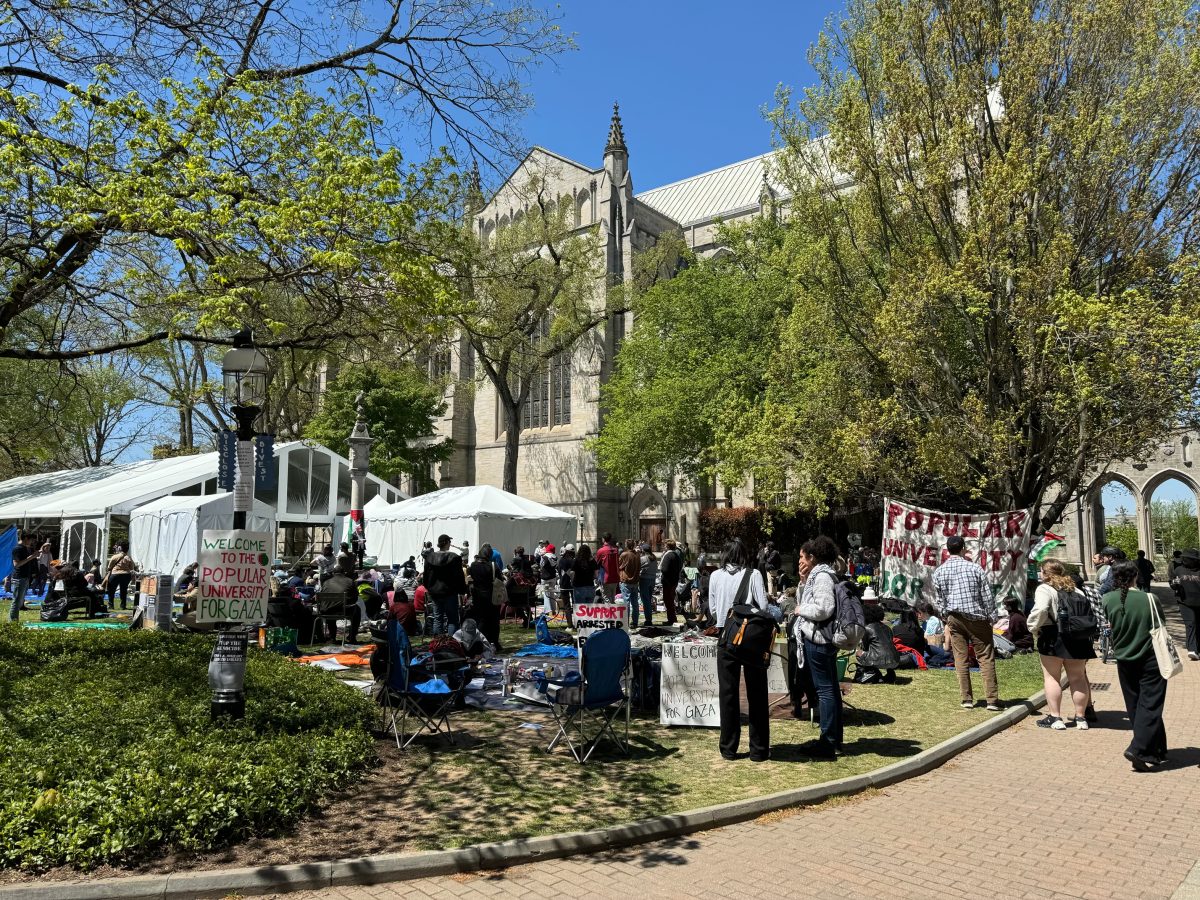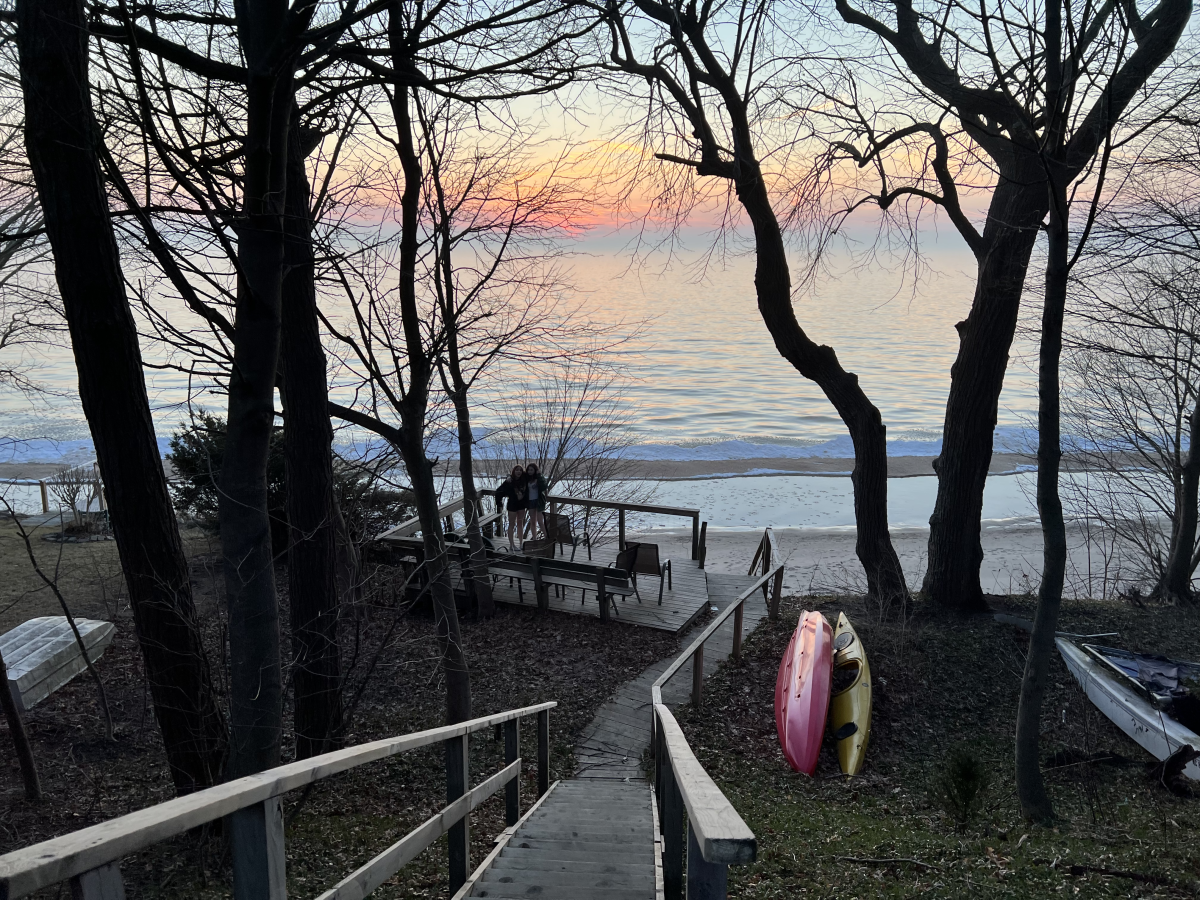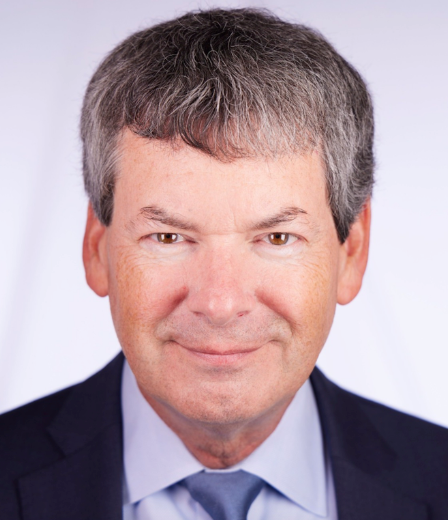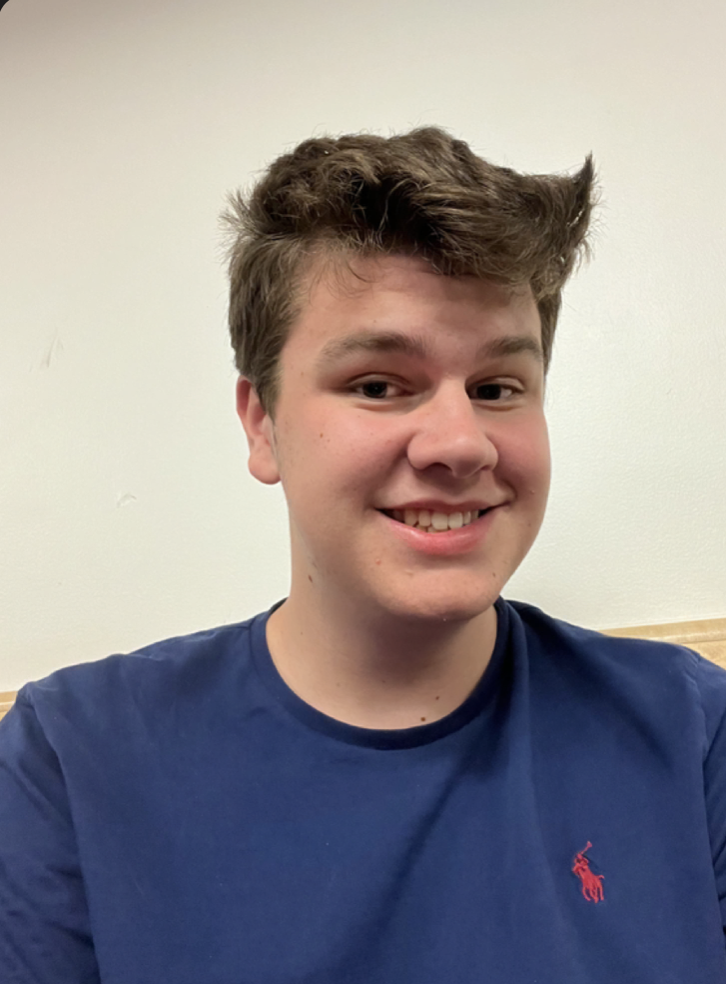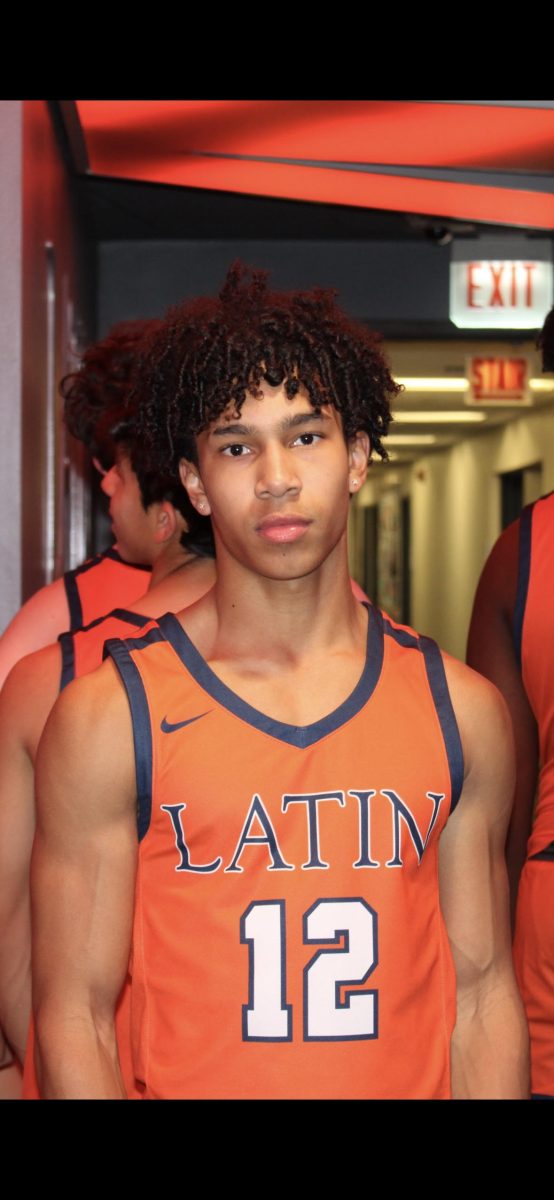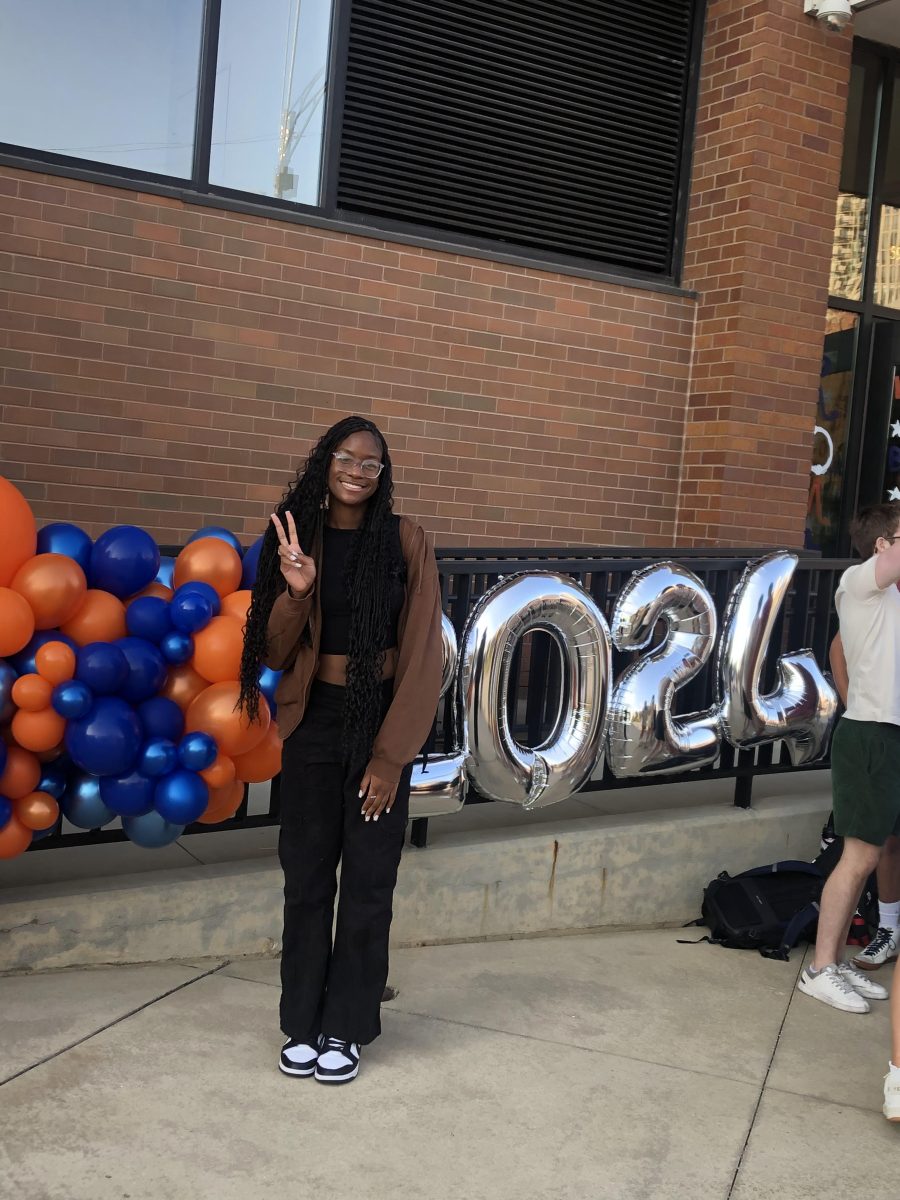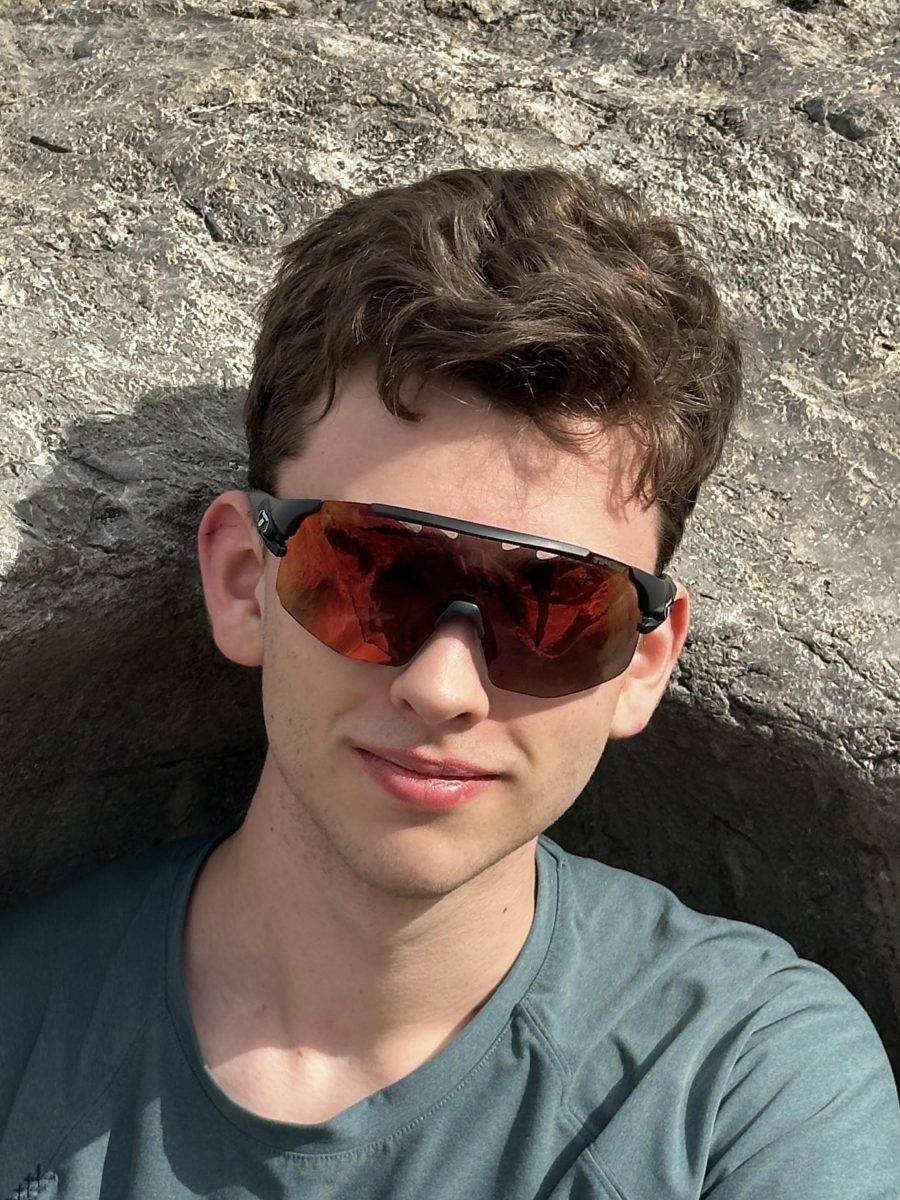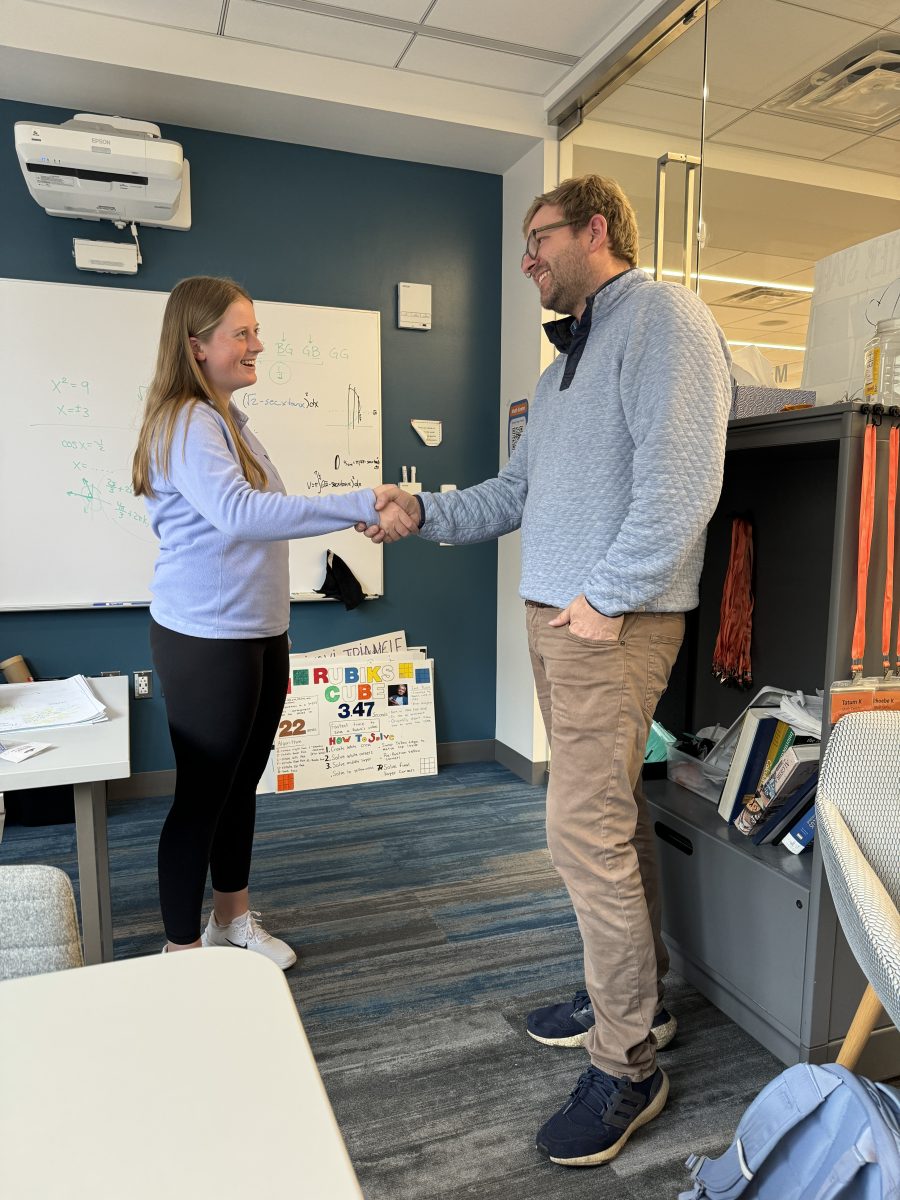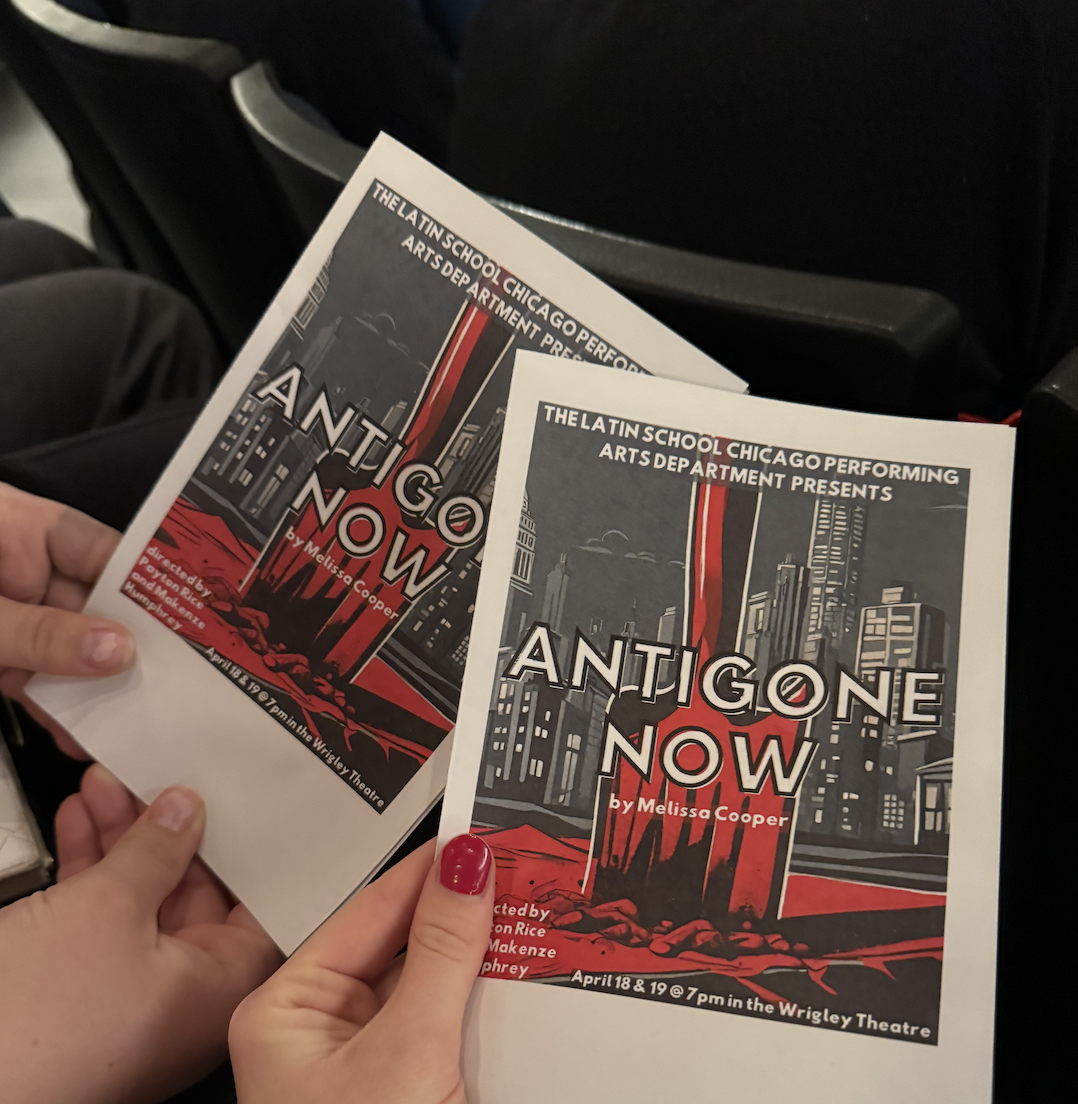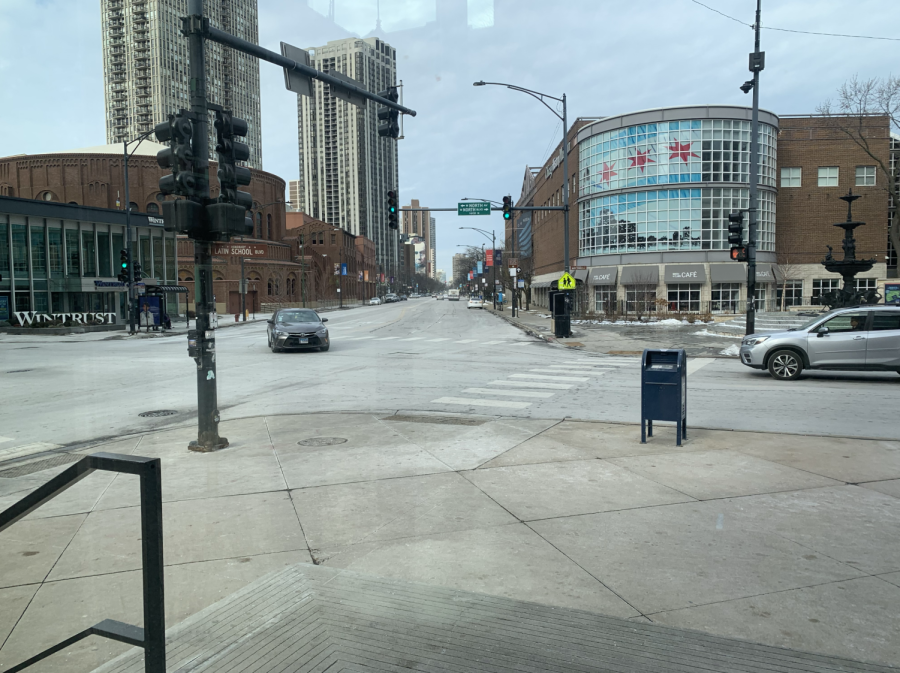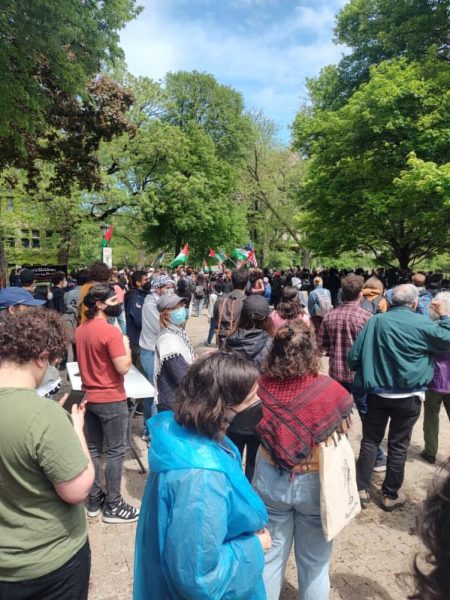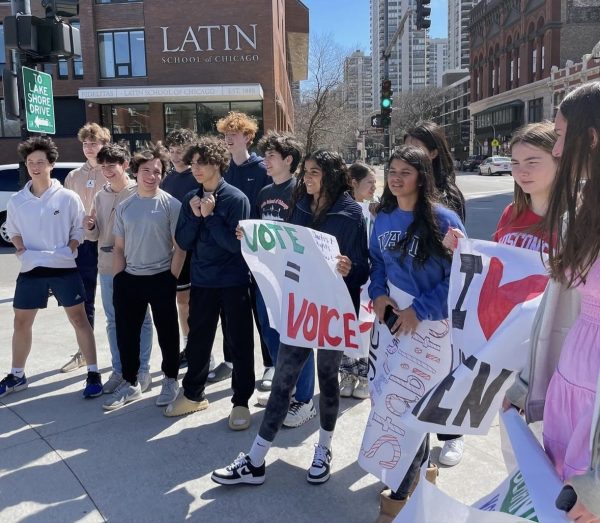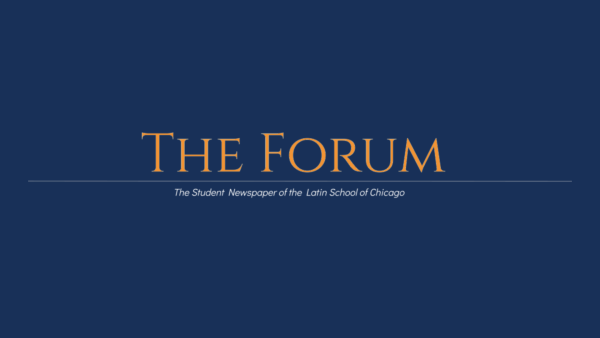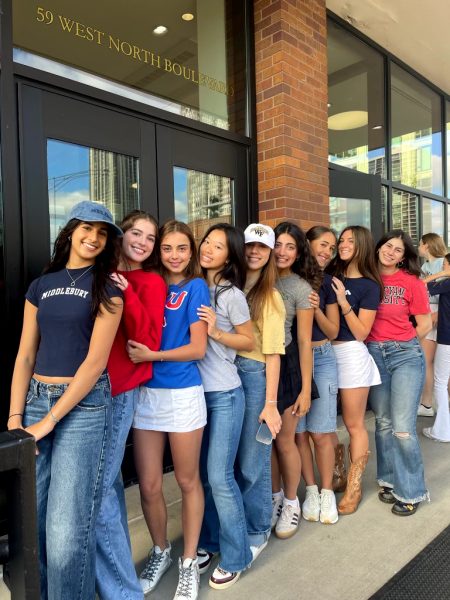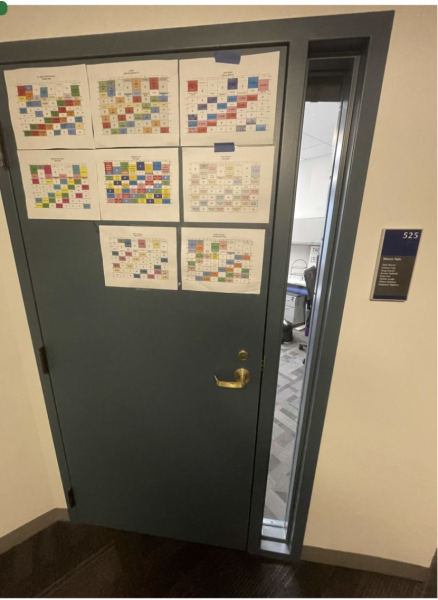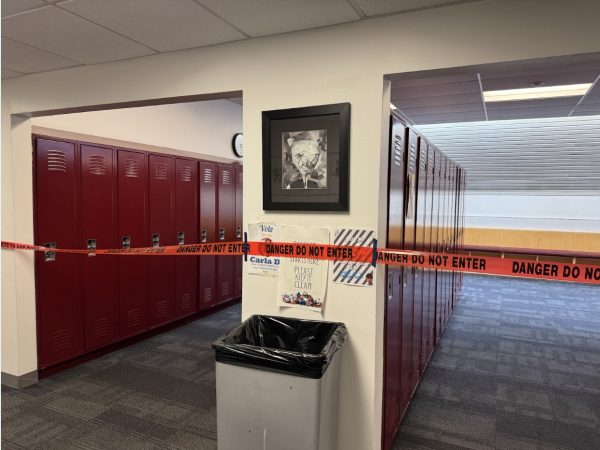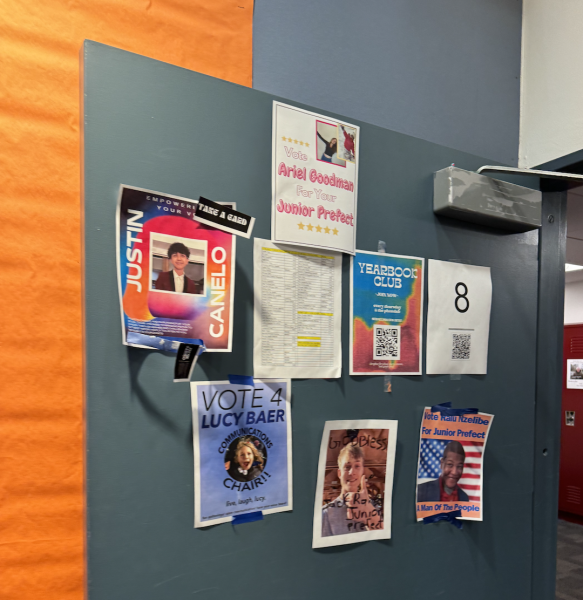Rising Crime Sparks Concern Among Latin Families
Chicago ended 2021 with the highest crime rate in 25 years. A total of 787 homicides were recorded last year, a 60 percent increase since 2019. Gun violence has also increased by 152 percent since 2019. While Chicago has consistently displayed one of the highest crime rates among U.S. cities over many years, the most noticeable recent development, arguably, has been the increase of violent crimes committed in broad daylight.
Latin parent and Bucktown resident Susan Lipe expressed her concern about the crime rate. “Increased crime, or more specifically, the increased crime in broad daylight, all over the city has created an awareness and uneasiness that was not there before,” she said. “Overall, it is disheartening and anti-community, and leads to a violating feeling never before felt here.”
Along these lines, Latin parent Renay Bayer described how increased crime in her neighborhood, Lincoln Park, has changed her family’s behavior patterns. “Now, more than ever, it’s important to make smart decisions,” she said. “We typically don’t walk anywhere at night and try not to sit in the car waiting for someone to finish their activities and be picked up.”
Some neighborhood associations in areas affected by increased amounts of crime have hired private security forces, including Lincoln Park and Bucktown. In response to this development, Ms. Lipe said, “I have mixed feelings about private security, but I am glad folks are working on something together. Crime and COVID have separated and isolated people. Community is what we need most to get through COVID and get back to living together in the city.”
Regarding private security forces in Bucktown, Chief of Staff of the 32nd Ward Paul Sajovec said, “There are no prohibitions against private security firms patrolling specific areas. There is always a concern with such private security that the effect will be to relocate rather than eradicate these types of incidents. Ideally, the significant resources the city invests in policing would be sufficient.” Still, Mr. Sajovec said he understands how an increase in violence might cause communities to feel a need to take additional precautions.
In Lincoln Park, Ms. Bayer also weighed the efficacy of the private security force. “We are not so sure the private security in [our] neighborhood makes a difference,” she said. “People have still been mugged or carjacked on the streets under patrol. [The private security force] may even give people a false sense of security.”
Crime in Chicago is not a new phenomenon. It has been a consistent issue that has deep structural roots in society, the economy, and history. But Chicago’s crime rate has increased significantly over the past year, leaving citizens wondering what decisive, strong actions the city will take to address the socioeconomic and historical factors that influence crime.
In addition to increased patrols in some areas, Chicago is making changes to better protect its communities. Olumide Ajiginni, a Latin parent from the South Side who works alongside the Chicago Police Department on restorative justice issues, outlined some of those current and future steps. “Engage and empower the youth and low-income communities. Encourage community policing (community relying on the police and vice versa). Encourage neighborhood ‘block club’ programming in the 77 neighborhoods in the city.”
Mr. Ajiginni listed some less well-known programs facilitated by the city and the police: “[Engaging] stakeholders—business owners, universities, churches, schools, etc.—to participate in the crime reduction effort through stationed monthly/bi-weekly meetings at the police districts. [Creating] neighborhood-oriented resource hubs making it easier for people to get help to fight crime.” He listed the CHI311 app as an example, which allows for quick communication with a variety of city services.
He also explained some other possibilities regarding community-based action. “The city should create mental health awareness with the help of the news media, fund mental health programs, and treat individuals at the appropriate facilities. Engage and fund community outreach organizations (for example, Chicago Cred, Safer Foundation, Together Chicago, etc.).”
Along similar lines, Mr. Sajovec highlighted actions that Chicago and the police can take. “This is an issue that requires simultaneous short-term and long-term approaches. The short-term effort is to ensure that the city is deploying its resources in the most efficient manner possible. Officers must be assigned in a manner that allows resources to be deployed when and where it is necessary to respond to sudden increases in incidents.”
Mr. Sajovec also explained how communication must play a role in the short-term solution. Constituents should be able to openly communicate with police. One organization focusing on this work is the CAPS program (Chicago Alternative Policing Strategy).
Mr. Sajovec said that other programs are in development. “The city is looking at various violence prevention programs to evaluate what works and what is needed in our communities,” he said. “No amount of police and private security can prevent all incidents from happening when there are a high number of people who have decided that desperate, high-risk crimes are worth the risk. Concurrently, Alderman [Scott] Waguespack and various colleagues are encouraging the State’s Attorney’s Office and individual judges to curtail the practice of allowing violent offenders to avoid jail time.”
Ms. Bayer suggested how the city might take action to discourage potential criminals, rather than arresting and punishing them. “In addition to increased patrol, there needs to be some sort of deterrent for those committing the crimes,” she said. “Why there is an increase in crime by such young offenders also needs to be addressed, but that is a very complicated issue.”
Ms. Lipe suggested that the idea of community needs to be more intentionally centered in Chicago.“The city [leadership] should keep trying to create communities in the city. People need to know their neighbors.”
Sources:
A Lack Of Police Presence Isn’t Chicago’s Problem, Structural Racism And Trauma Are
Violence at University of Chicago Prompts a Search for Solutions to Ensure Safety | Chicago News | WTTW
Lightfoot ‘Very Concerned’ About Bucktown Group’s Plan To Hire Private Security To Patrol Neighborhood
Winston Spreitzer ('24) is delighted to be returning as a staff writer to The Forum this year. In the past, he has written articles about rock climbing,...

